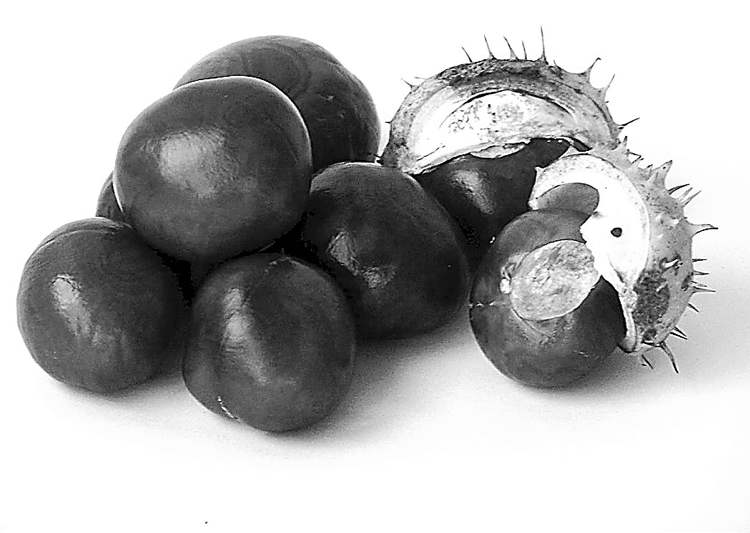Mystery ingredient — chestnuts
Advertisement
Read this article for free:
or
Already have an account? Log in here »
To continue reading, please subscribe:
Monthly Digital Subscription
$0 for the first 4 weeks*
- Enjoy unlimited reading on winnipegfreepress.com
- Read the E-Edition, our digital replica newspaper
- Access News Break, our award-winning app
- Play interactive puzzles
*No charge for 4 weeks then price increases to the regular rate of $19.00 plus GST every four weeks. Offer available to new and qualified returning subscribers only. Cancel any time.
Monthly Digital Subscription
$4.75/week*
- Enjoy unlimited reading on winnipegfreepress.com
- Read the E-Edition, our digital replica newspaper
- Access News Break, our award-winning app
- Play interactive puzzles
*Billed as $19 plus GST every four weeks. Cancel any time.
To continue reading, please subscribe:
Add Free Press access to your Brandon Sun subscription for only an additional
$1 for the first 4 weeks*
*Your next subscription payment will increase by $1.00 and you will be charged $16.99 plus GST for four weeks. After four weeks, your payment will increase to $23.99 plus GST every four weeks.
Read unlimited articles for free today:
or
Already have an account? Log in here »
Hey there, time traveller!
This article was published 08/12/2012 (4712 days ago), so information in it may no longer be current.
Chestnuts
What is it?

The starchy, brown-shelled nuts famously roasted over an open fire as a holiday treat in winter. The ancient Greeks and Romans wrote of the flatulence produced by a diet too rich in chestnuts, according to the Cambridge World History of Food, also commented on the nut’s medicinal properties, which supposedly treated such health hazards as poisoning, the bite of a mad dog and dysentery.
Looks like:
Each individual chestnut is encased in a green, prickly husk which when ripe, cracks open to reveal a brown-hulled nut. The flesh is yellowish white.
Tastes like:
Once cooked, the chestnut’s texture is similar to that of a baked potato, with a delicate, sweet, and nutty flavour with slight floral nuances.
Used in:
Throughout history, chestnuts have been canned, candied, dried and used to make flour. But one of the best, and simplest, ways to enjoy them is freshly roasted. They can be cooked in the oven, on the stovetop or even in a microwave, but cut a slit in the top of each nut before cooking to prevent them from exploding. Place in a pan and roast for about 25 minutes, until the hulls become dark and brittle.
Found at:
G.J. Andrews Food & Wine Shoppe, 384 Academy Rd.

